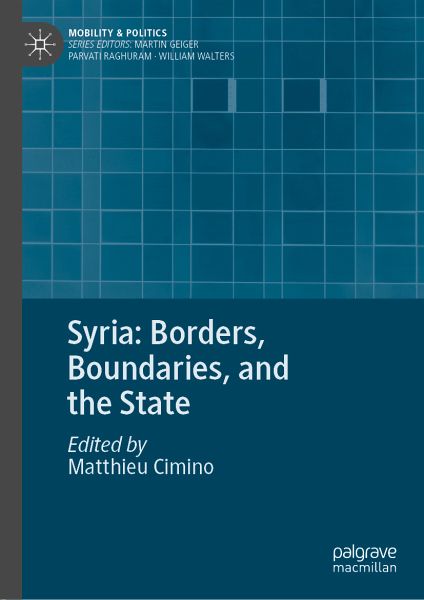
Syria: Borders, Boundaries, and the State (eBook, PDF)
Versandkostenfrei!
Sofort per Download lieferbar
104,95 €
inkl. MwSt.
Weitere Ausgaben:

PAYBACK Punkte
52 °P sammeln!
This book explores the history of Syria's borders and boundaries, from their creation (1920) until the civil war (2011) and their contestation by the Islamic State or the Kurdish movement. The volume's main objective is to reconsider the "artificial" character of the Syrian territory and to reveal the processes by which its borders were shaped and eventually internalized by the country's main actors. Based on extensive archival research, the book first documents the creation and stabilization of Syrian borders before and during the mandates period (nineteenth century to 1946), studying Ottoman...
This book explores the history of Syria's borders and boundaries, from their creation (1920) until the civil war (2011) and their contestation by the Islamic State or the Kurdish movement. The volume's main objective is to reconsider the "artificial" character of the Syrian territory and to reveal the processes by which its borders were shaped and eventually internalized by the country's main actors. Based on extensive archival research, the book first documents the creation and stabilization of Syrian borders before and during the mandates period (nineteenth century to 1946), studying Ottoman and French territorialization strategies but also emphasizing the key role of the borderlands in this process. In turn, it investigates the perceptual boundaries resulting from the conflict, and how they materialized in space. Lastly, it explores the geographical and political imaginaries of non-state actors (PYD, ISIS) that emerged from the war.
Dieser Download kann aus rechtlichen Gründen nur mit Rechnungsadresse in A, B, BG, CY, CZ, D, DK, EW, E, FIN, F, GR, HR, H, IRL, I, LT, L, LR, M, NL, PL, P, R, S, SLO, SK ausgeliefert werden.












